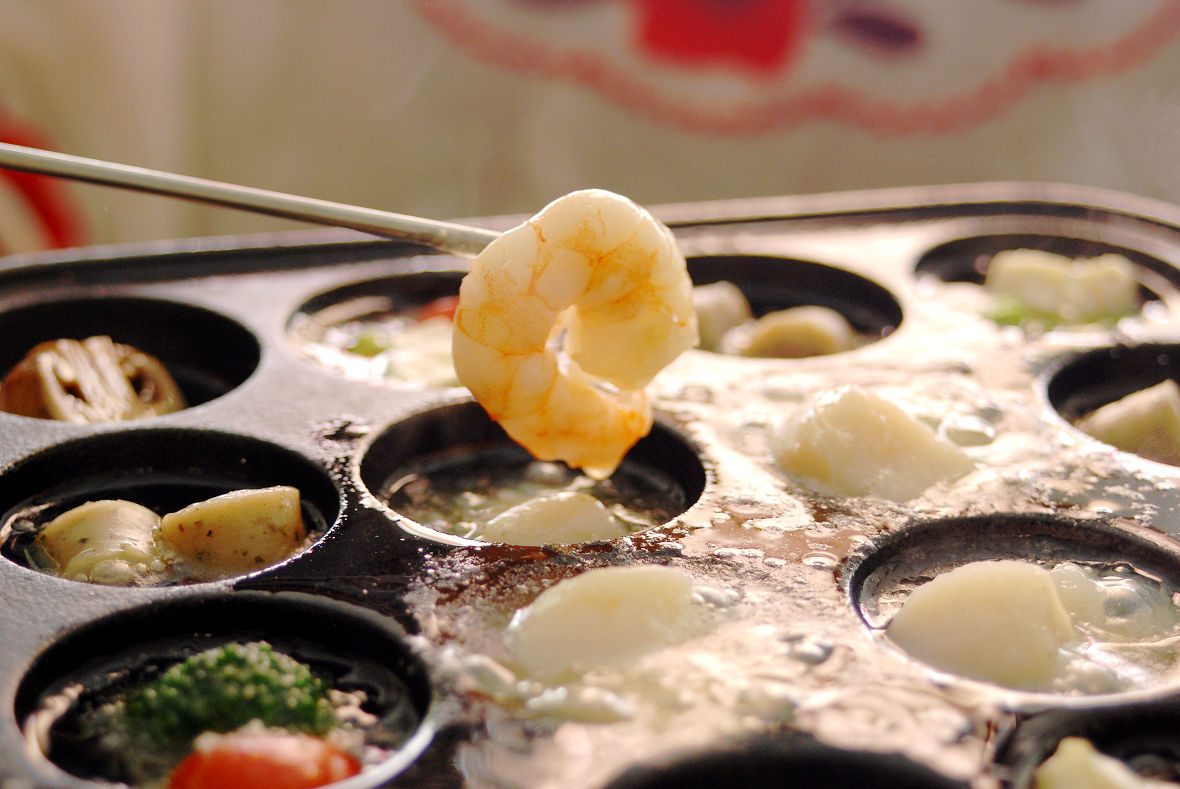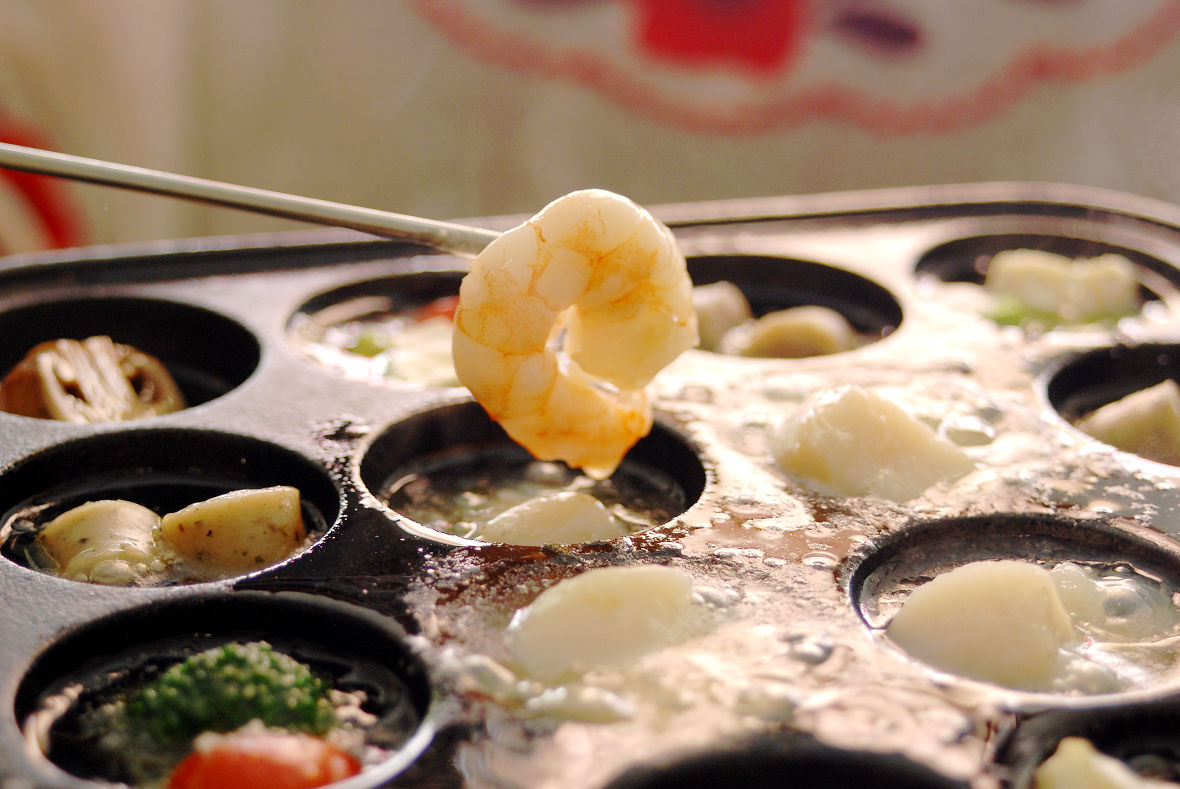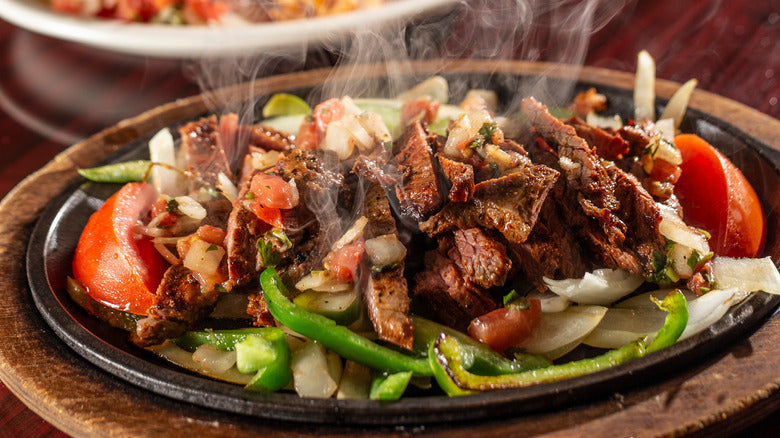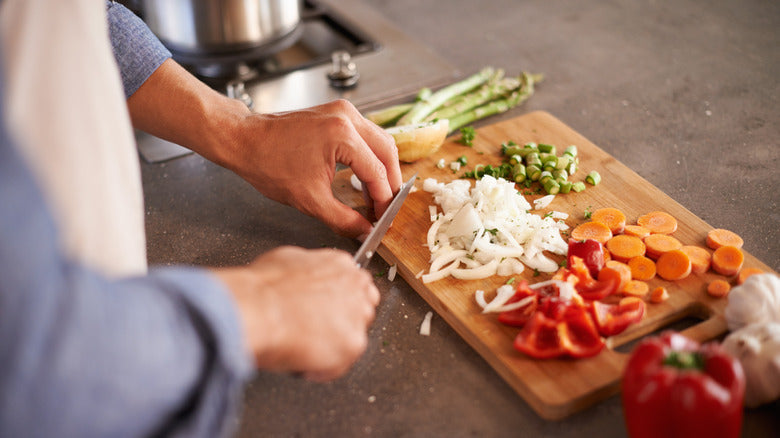In the world of culinary arts, the right equipment can make all the difference. For kitchen professionals aiming to infuse their dishes with authentic flavors, selecting the best tagine pots is crucial. This guide provides top picks for flavorful cooking, ensuring that your culinary creations are both traditional and delicious. Whether you're a seasoned chef or a culinary enthusiast, understanding the nuances of tagine cooking can elevate your kitchen game.

What Makes a Tagine Pot Unique?
Tagine pots are not just cooking vessels; they are an integral part of North African cuisine, especially in Morocco. Their distinctive conical shape allows steam to circulate during cooking, which helps infuse flavors and tenderize meat. This unique feature sets them apart from other cookware.
The design of a tagine pot is both practical and aesthetic. The shallow base is perfect for slow-cooked stews, while the tall lid helps retain moisture, ensuring that the food remains succulent. For professionals, the ability to create richly flavored dishes with minimal effort is a significant advantage.
Choosing the Best Tagine Pots for Your Kitchen
When selecting the best tagine pots, several factors come into play, including material, size, and design. Let's delve deeper into each:
Material Matters
Traditionally, tagine pots are made from clay or ceramic, which provides even heat distribution. However, modern versions also come in cast iron or stainless steel. Each material has its own benefits:
- Clay/Ceramic: Ideal for slow-cooked dishes, offering authentic flavor and even heat distribution. However, they require careful handling.
- Cast Iron: Extremely durable and versatile, suitable for both stovetop and oven use. They are excellent at retaining heat.
- Stainless Steel: Easy to clean and maintain, but may not provide the same depth of flavor as clay or cast iron.
Size and Design
The size of the tagine pot you choose will depend on the volume of food you wish to cook. A small tagine is perfect for individual servings, while a larger pot can accommodate family-sized meals.
Design-wise, some tagines come with intricate patterns and colors, making them a beautiful addition to any kitchen. However, for professional use, functionality should be prioritized over aesthetics.
Top Picks for Flavorful Cooking
Here are some of the best tagine pots that you can consider for your kitchen:
Emile Henry Flame Tagine
Known for its superior heat distribution and retention, the Emile Henry Flame Tagine is made from high-quality ceramic. It's perfect for both stovetop and oven use. Its sleek design and durability make it a favorite among professionals.
Le Creuset Enameled Cast Iron Tagine
Le Creuset is synonymous with quality, and their enameled cast iron tagine is no exception. It offers excellent heat retention and is easy to clean. The vibrant colors add a touch of elegance to your kitchen.
Uno Casa Moroccan Tagine Pot
This durable cast iron tagine pot is perfect for those looking to blend traditional methods with modern convenience. It's versatile enough for various heat sources and offers a non-stick surface for easy cleaning.
Tips for Using Tagine Pots
To get the most out of your tagine pot, follow these tips:
- Always season your clay tagine before first use to prevent cracking.
- Use low to medium heat to allow flavors to develop slowly.
- Don't forget to soak the lid in water before cooking to enhance moisture retention.
For more tips on perfecting slow-cooked meals, check out Tips for Perfect Slow-Cooked Meals in a Tagine.

FAQs
What is the best material for a tagine pot?
Clay or ceramic tagines are traditional and offer authentic flavors. However, cast iron and stainless steel are more durable and versatile.
Can I use a tagine pot in the oven?
Yes, many tagine pots, especially those made from cast iron or oven-safe ceramic, can be used in the oven.
How do I clean a tagine pot?
Most tagine pots can be cleaned with warm soapy water. Avoid using harsh abrasives to prevent damage.
For more cooking insights, explore our other articles on Baking Stone Durability and What Not to Do with a Baking Stone.
To learn more about the benefits of traditional cookware, visit The 5 Benefits of Using a Cast Iron Teapot.
This article contains affiliate links. We may earn a commission at no extra cost to you.






Leave a comment
This site is protected by hCaptcha and the hCaptcha Privacy Policy and Terms of Service apply.